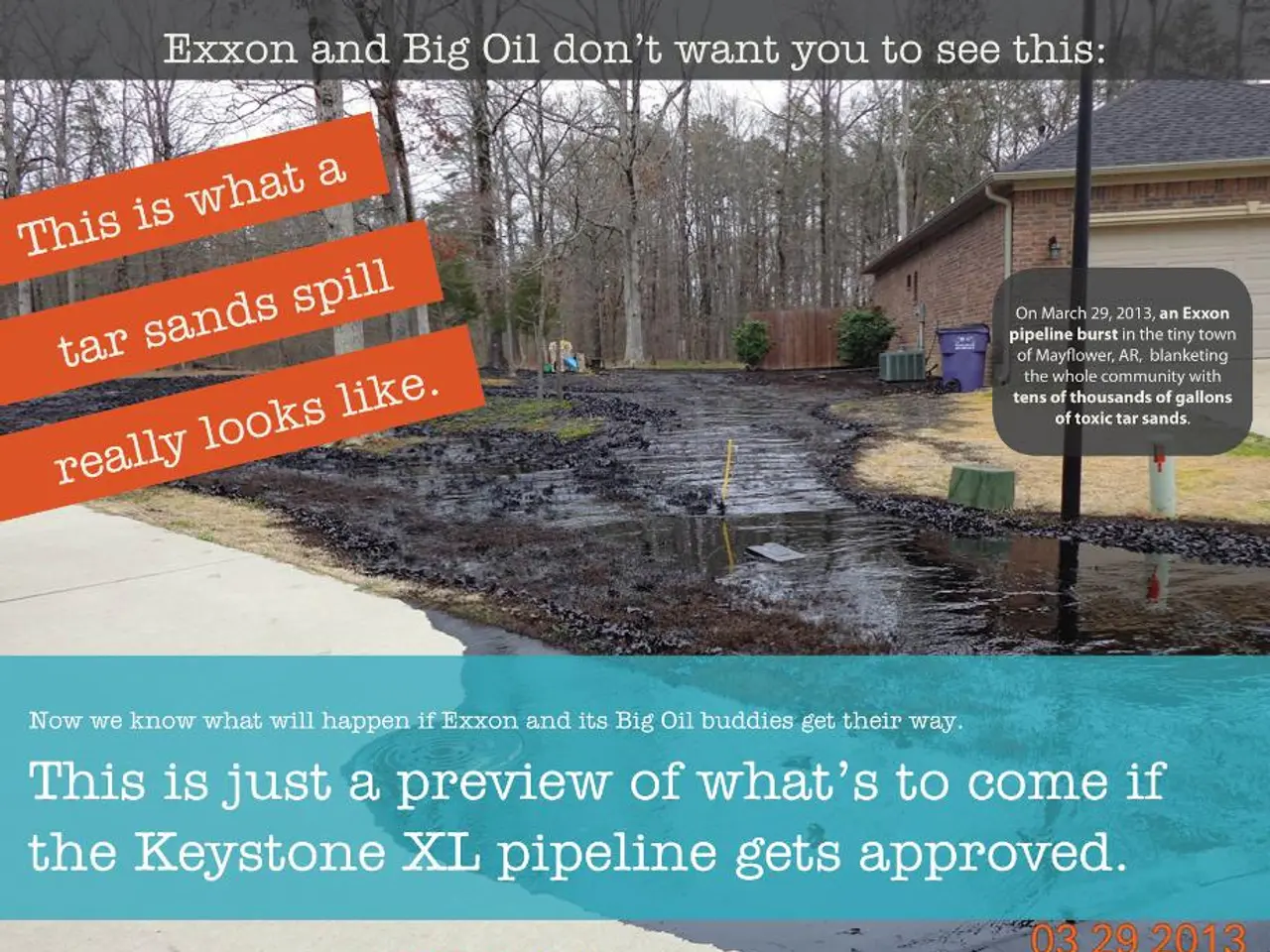Persistent monsoon could extend up to the end of September due to changing weather dynamics
Monsoon Alert Issued Across Punjab as Heavy Rains Approach
In response to instructions from Chief Minister Maryam Nawaz, the Director General of the Provincial Disaster Management Authority (PDMA) Punjab, Irfan Ali Kathia, has issued an alert for the sixth spell of monsoon rains. The rains are expected to affect several districts of Punjab within the next 24 hours, including Murree, Galliyat, Attock, Chakwal, Jhelum, Mandi Bahauddin, Gujrat, Gujranwala, Hafizabad, Lahore, Sheikhupura, Sialkot, Narowal, Sahiwal, Jhang, Toba Tek Singh, Khushab, Sargodha, Mianwali, Nankana Sahib, Chiniot, Faisalabad, Okara, Dera Ghazi Khan, Bhakkar, Bahawalpur, Khanewal, Pakpattan, Vehari, Lodhran, Muzaffargarh, and Rajanpur.
Staff in emergency control rooms have been kept on alert, and disaster response teams of Rescue 1122 have been put on high alert. PDMA Punjab has instructed civil defence, rescue, and related institutions to complete advance arrangements in view of the approaching rains.
Heavy monsoon rains are predicted in most districts of Punjab from August 5, and there is a possibility of medium to high-level flooding in the Chenab and Jhelum rivers during this period. The risk of landslides in Murree and Galliyat is also high due to the anticipated heavy rains.
Travellers and tourists are advised to exercise caution due to the weather conditions and avoid unnecessary travel. In case of urban and flash flooding, it is essential to stay in safe places and never cross the flowing water. In case of an emergency, contact PDMA's helpline 1129.
The monsoon in Pakistan has extended until the end of September 2021 due to shifting climatic conditions that make South Asian monsoon rains more prolonged and intense. These shifts reflect broader trends of climate change impacting regional weather systems. Pakistan, though a minor global greenhouse gas emitter, is highly vulnerable to these changes, leading to devastating flooding events exacerbated by saturated soils and heavy precipitation.
As of now, Tarbela Dam is at 89% of its capacity, while Mangla Dam stands at 61%. A low-level flood is present at the Khanki point in the Chenab River, and similar conditions are reported in the Indus at Kalabagh, Chashma, and Taunsa.
Relief Commissioner Punjab Nabeel Javed has instructed commissioners, deputy commissioners, and relevant administrations to remain alert. Travellers and residents are urged to stay updated on weather conditions and follow all safety guidelines to ensure their safety during this monsoon season.
- As monsoon rains are predicted in most districts of Punjab from August 5, those travelling or residing in these areas should stay updated on the weather conditions and follow all safety guidelines to protect themselves from potential flooding and landslides.
- In the wake of the approaching monsoon rains, environmental scientists are discussing how extended monsoon seasons and increased precipitation may be influenced by climate change, particularly in South Asian weather systems.
- To monitor and forecast weather conditions during the monsoon season, weather-forecasting divisions across the country are actively engaged, providing vital information to both disaster response teams and citizens.
- Given the increasing risk of flooding events as a result of climate change and the monsoon season in Pakistan, the need for investment in environmental-science research and practical adaptive measures is becoming more pressing to ensure the safety and well-being of the population.








